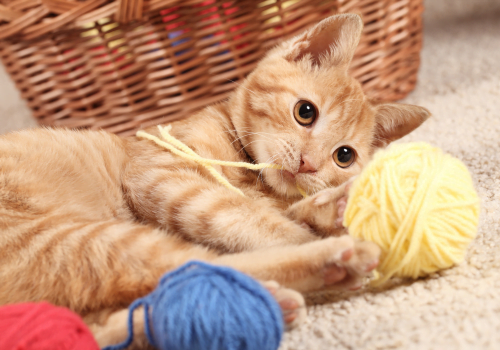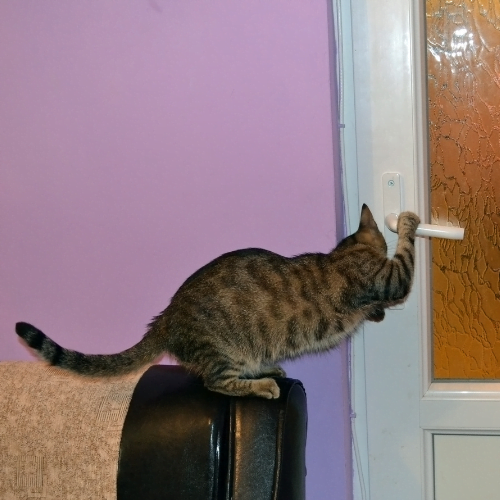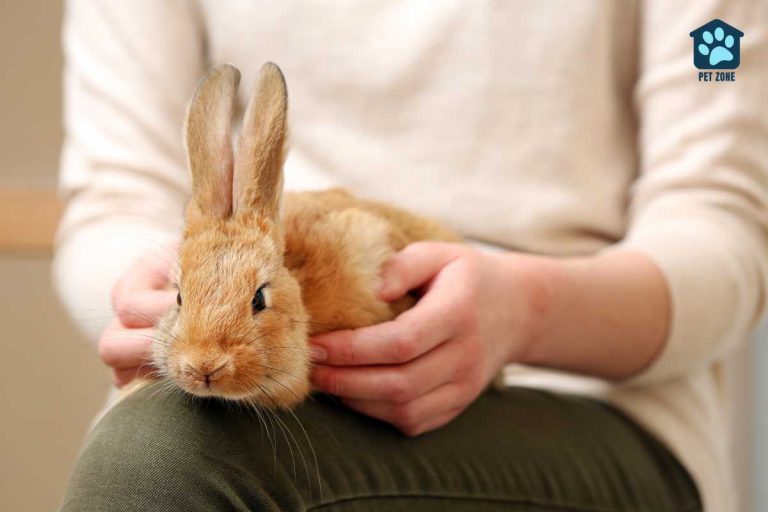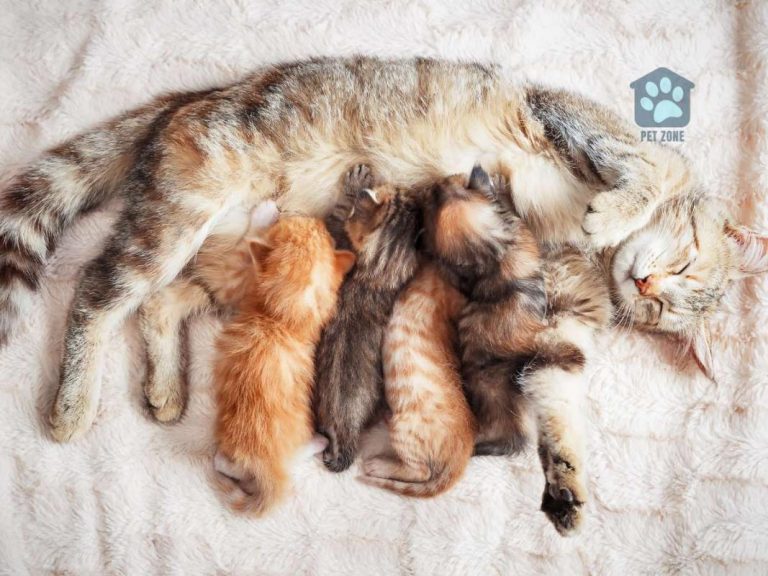Estimated reading time: 5 minutes
Cats are curious because of their wild roots. Long ago, cats needed to explore to find food and avoid dangers. This behavior also shows up when they play, helping them learn about their world. They explore to keep busy and avoid boredom. Their sharp senses, like feeling with their whiskers and smelling things, make exploring fun for them. Plus, they have a natural hunting instinct that makes them want to check things out.
Cats are known for their mysterious and enigmatic nature, and one of their most intriguing traits is their curiosity. But why are cats so curious? In this article, we’ll delve into the science behind feline curiosity, explore some curiosity-driven behaviors, and discuss how to encourage healthy curiosity in cats.
Cats and curiosity
Cats are natural explorers, and their curiosity drives them to investigate their environment, engage with new objects, and interact with other animals. This curious behavior is not only fascinating to watch, but it also plays a critical role in their physical, mental, and social development.
The science behind feline curiosity
Genetics and natural instincts
Curiosity in cats is a combination of genetic traits and natural instincts. As descendants of wild cats, domesticated felines have inherited a natural curiosity that helps them adapt to their environment and survive. For instance, their inquisitive nature is crucial in hunting, as it drives them to seek out prey and hone their predatory skills.
The role of play in feline curiosity
Play is an essential aspect of feline curiosity. Through play, cats exercise their hunting instincts, develop motor skills, and sharpen their problem-solving abilities. Play also helps cats socialize with other animals and form bonds, which can help alleviate stress and anxiety.

Benefits of cat curiosity
Physical exercise
Curiosity-driven exploration and play provide cats with the necessary physical exercise to maintain a healthy body weight and muscle tone. As cats climb, jump, and pounce, they strengthen their muscles, improve balance, and increase their agility.
Mental stimulation
A curious cat is a mentally stimulated cat. As they investigate new objects and engage in problem-solving activities, their cognitive abilities are constantly challenged. This mental stimulation keeps their minds sharp and can help prevent boredom-related behavioral issues.
Social interaction
Curiosity also plays a vital role in a cat’s social development. As cats interact with other animals or humans, they learn essential social skills that help them navigate their environment and coexist harmoniously with others.
Curiosity-driven behaviors
Hunting and stalking
Cats are natural predators, and their curiosity drives them to stalk, pounce, and capture their prey. This hunting behavior is not limited to outdoor cats; even indoor cats will exhibit this behavior when presented with toys that mimic prey.
Climbing and exploring
Cats are excellent climbers, and their curiosity often leads them to explore high places such as trees, shelves, and countertops. This behavior not only provides them with a vantage point to observe their surroundings but also allows them to satisfy their natural instincts.
Pouncing and playing
Pouncing and playing are essential components of a cat’s curiosity-driven behavior. These activities help cats hone their hunting skills, improve their reflexes, and practice their predatory instincts in a safe and controlled environment.
Encouraging healthy curiosity in cats
As a cat owner, it’s essential to provide opportunities for your feline friend to explore, play, and satisfy their curiosity. Here are some tips for encouraging healthy curiosity in your cat:
Interactive toys
Interactive toys are a great way to engage your cat’s curiosity and provide mental and physical stimulation. Choose toys that mimic the movement and sounds of prey, such as feather wands, laser pointers, or battery-operated mice.
Environmental enrichment
Creating an enriching environment for your cat can help stimulate their curiosity and prevent boredom. Provide climbing opportunities, such as cat trees or wall shelves, and hide treats or toys for your cat to discover. Rotate toys regularly to keep your cat engaged and interested.
Training and socialization
Training and socializing your cat can help them develop confidence and curiosity. Teach them simple tricks, such as sitting on command or fetching a toy, and introduce them to new experiences, people, and other animals in a controlled and positive manner.
Conclusion
In conclusion, cats are naturally curious creatures, driven by their instincts and the need to explore and adapt to their environment. By understanding the science behind feline curiosity and providing opportunities for them to engage in curiosity-driven behaviors, you can ensure your cat remains healthy, happy, and mentally stimulated.
FAQ Section
Is curiosity in cats a sign of intelligence?
Yes, curiosity in cats is often associated with intelligence. A curious cat is more likely to engage in problem-solving activities and adapt to new situations quickly.
Can curiosity in cats lead to trouble?
While curiosity is generally a positive trait, it can sometimes lead cats into dangerous situations. It’s essential to cat-proof your home and supervise your cat when they explore new environments.
How can I tell if my cat is bored?
Signs of boredom in cats include excessive grooming, overeating, sleeping more than usual, and engaging in destructive behaviors, such as scratching furniture.
Are some cat breeds more curious than others?
While curiosity is a natural trait in all cats, some breeds, such as the Siamese or Bengal, are known to be more curious and active than others.
Can I train my cat to be more curious?
While you can’t necessarily train your cat to be more curious, you can encourage their natural curiosity by providing a stimulating environment, interactive toys, and opportunities for socialization and exploration.








